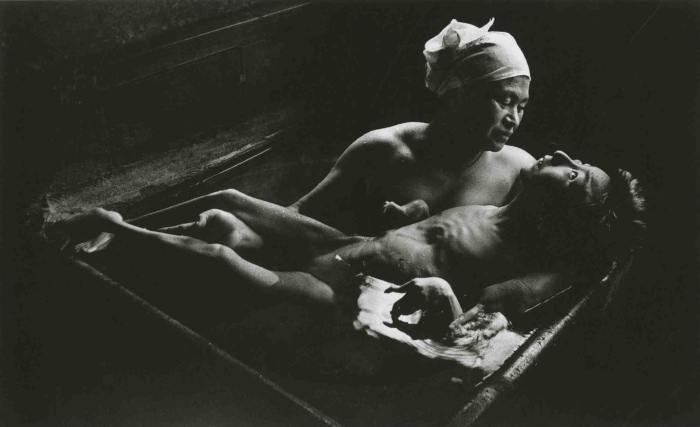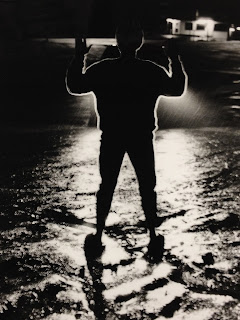W. Eugene Smith, born in 1918, was an American photographer that photographed for publications like
Life Magazine and
The New York Times. He took the photograph below in Minamata, Japan, a small village that experienced mercury poisoning from a company named Chisso. Mercury entered a local woman's bloodstream which travelled through her placenta and rendered her daughter, Tomoko, blind, deaf, and with "useless legs." Smith's photograph drew international attention to the issue.
 |
| "Tomoko Uemura In Her Bath" - 1971 |
Photography can initiate social change.
Below is a photograph of a 12 year old Black boy named Devonte Hart hugging a White police officer. It was taken during nationwide protests in the United States after a Grand Jury decided not to indict Officer Daren Wilson for shooting and killing Michael Brown, a young Black man, in Ferguson, Missouri. In recent years, the tensions between the Black community and law enforcement have been made public to the rest of America (although they have existed for as long as Blacks and law enforcement have interacted). The reason this photograph is so powerful is because it went viral (shared on Facebook hundreds of thousands of times within the span of a few months) for revealing a tender moment between two people who have been portrayed as enemies in the recent years -- Blacks are seen as "anti-cop" and cops are seen as "anti-Black."
Some are upset with this photograph because they believe it blinds people to the very real issues regarding law enforcement killing young Black men disproportionately to other races. Personally, I love this photograph because it shows there's hope for reconciliation and positive change regarding this issue as long as there's willingness on both sides.
 |
| photographer: Johnny Nguyen |














